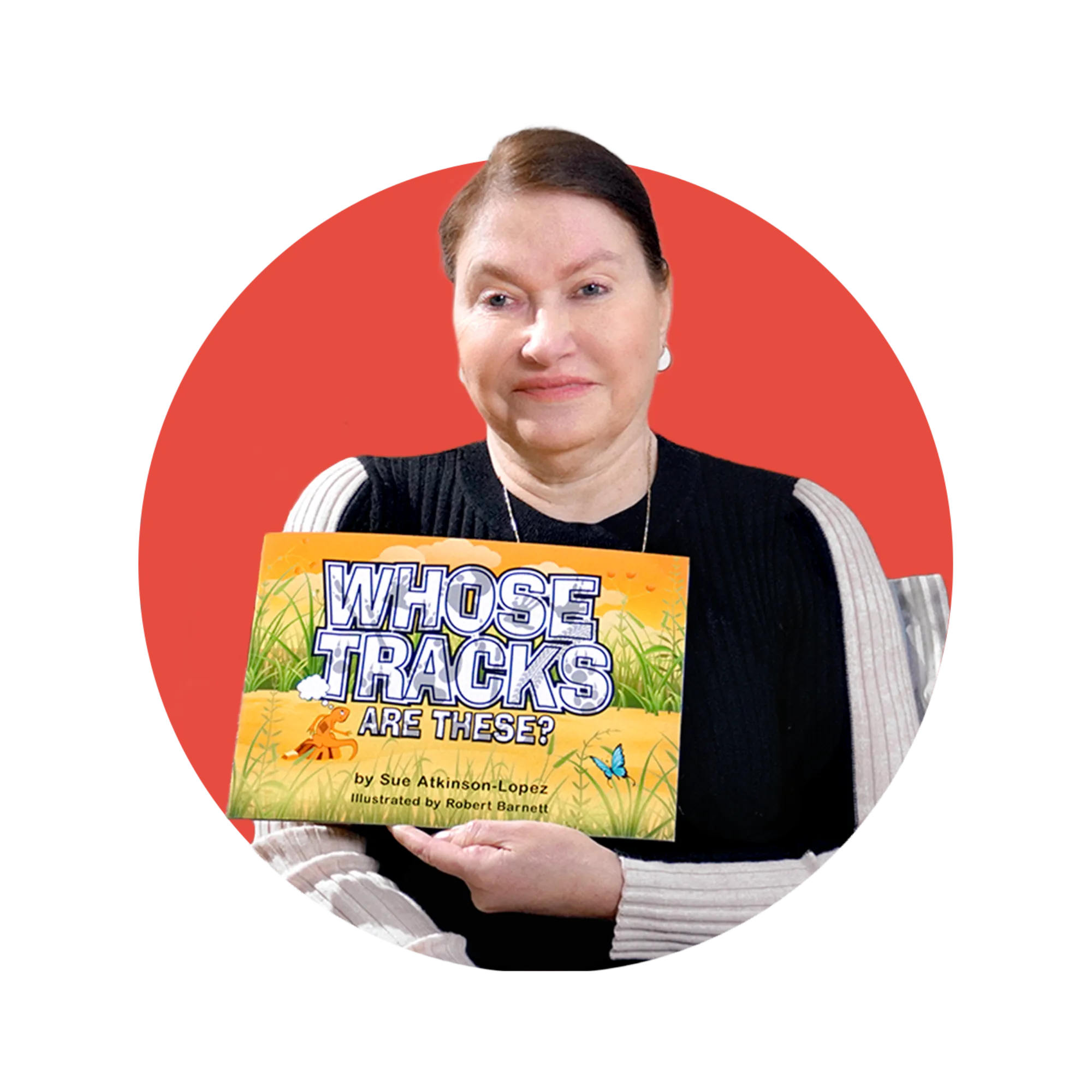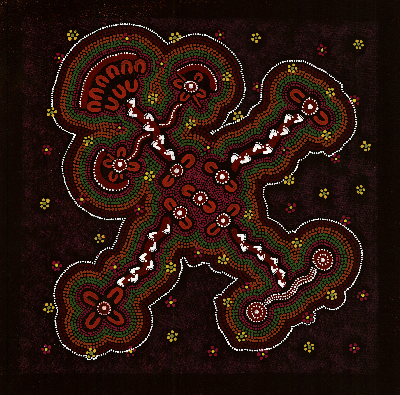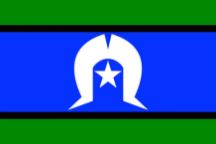National Aboriginal and Torres Strait Islander Children's Day
Strong in Culture, Stronger Together
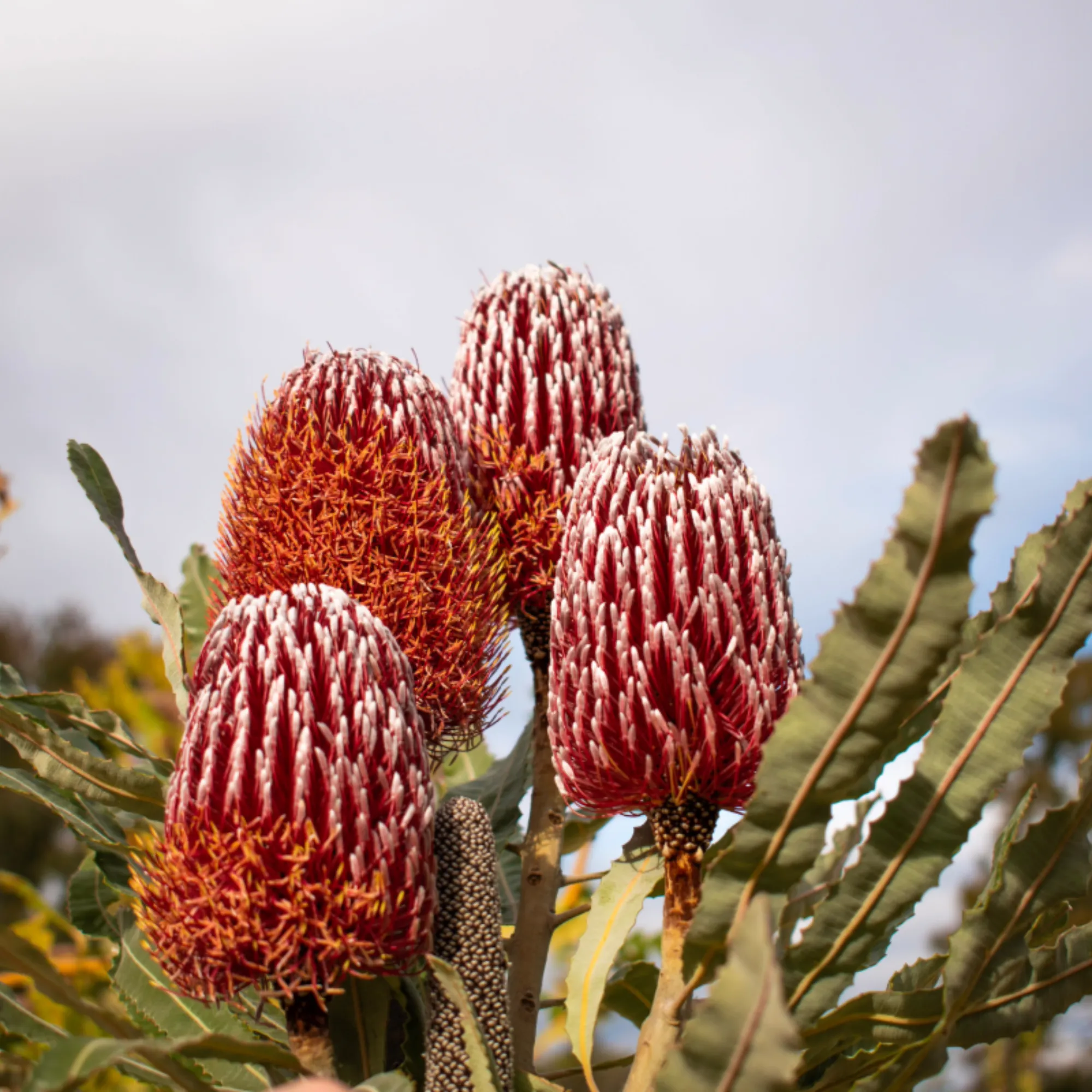
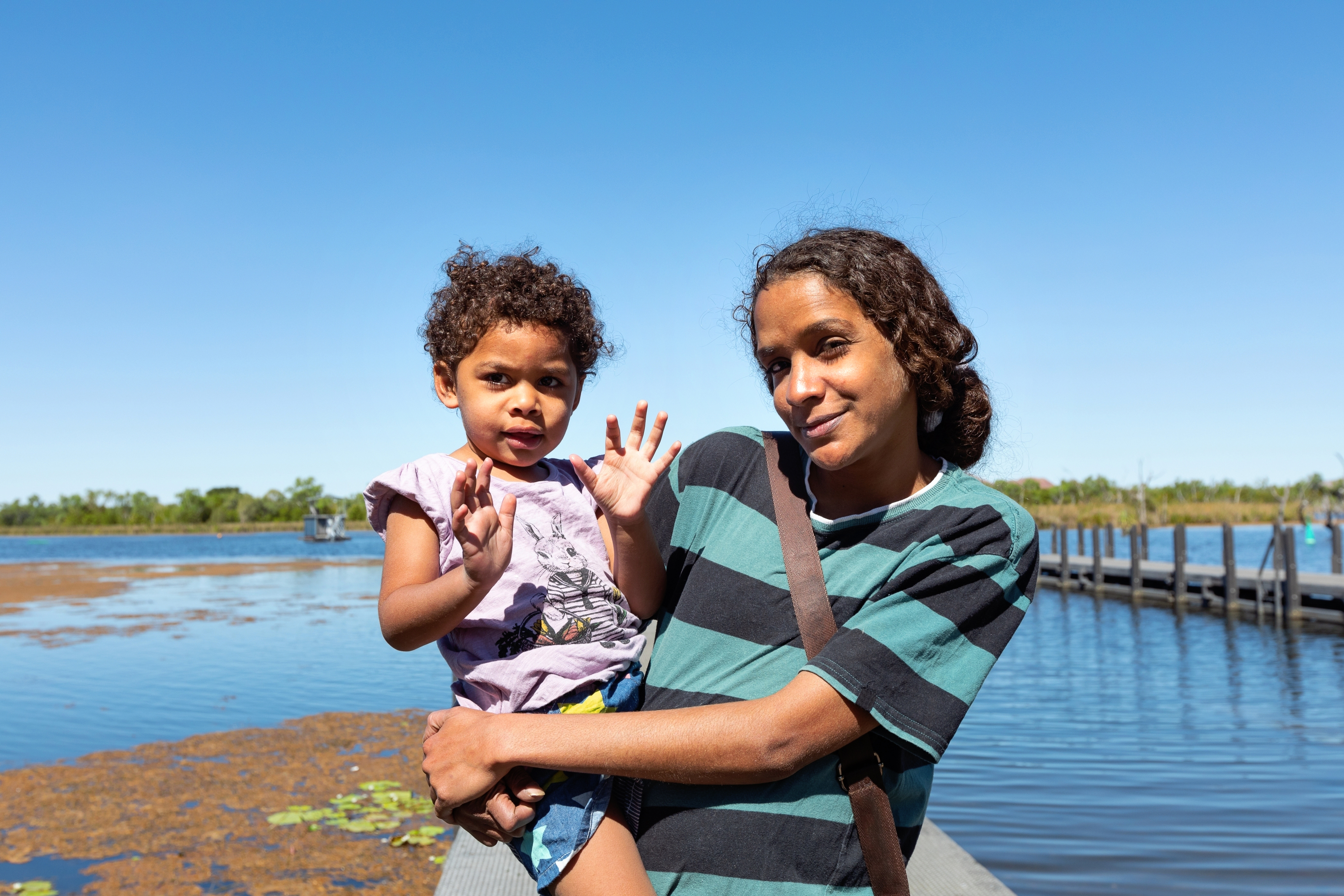
Happy National Aboriginal and Torres Strait Islander Children's Day!
This year’s theme, 'Strong in Culture, Stronger Together' highlights the importance of cultural connections, and the role culture and community play in a child’s development.
It’s a time to celebrate our children and ensure they feel proud and supported in their cultural identity.
To celebrate this special day, we are excited to share a fun activity based on our latest book, 'Whose Tracks Are These?'. This activity encourages children to explore their surroundings and identify different animals and the tracks they leave behind. It’s a fun, educational way to connect with nature and understand our environment through the lens of traditional knowledge and play.
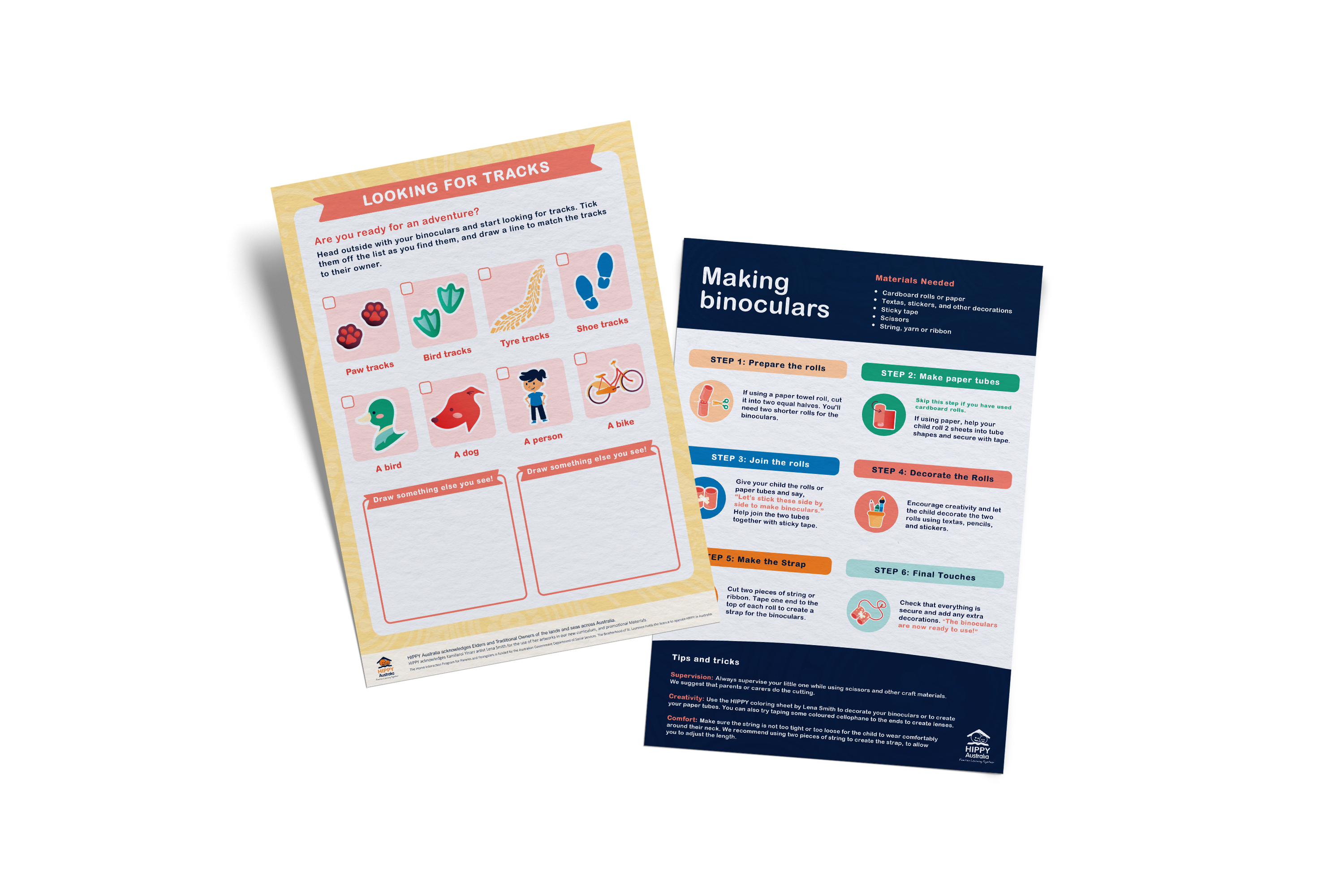
'LOOKING FOR TRACKS' ACTIVITY
Are you ready for an exciting outdoor adventure? The ‘Looking for tracks’ activity encourages your child to appreciate the beauty of nature, sparking their creativity and imagination.
This activity is a fun way to support cultural awareness and appreciation. By identifying animal tracks and discussing their significance, children learn to slow down and take in their surroundings, fostering respect and curiosity for the natural world.

Materials Needed:
- 'Whose Tracks Are These?'storybook or link to the reading
watch the storybook reading here - 'Looking for Tracks' activity sheet
- Handmade binoculars
- Materials to decorate
Instructions:
- Read or listen to the storybook together
Start by reading or listening to Whose Tracks Are These? with your child. This story introduces different animals and their tracks in both English and Yorta Yorta Language, helping children connect with nature and First Nations culture. - Prepare for the activity
Print out the 'Looking for Tracks' activity sheet, or create your own. You can download our activity sheet here:
Looking for tracks - Activity sheet - Make pretend binoculars
Get creative! Make a pair of binoculars with your child. You can download the activity sheet here:
Making binoculars - Activity sheet - Explore!
Head to a local park, garden, or outdoor space. Look for the tracks on the activity sheet. When you find a track, tick it off and draw a line to match the track to its owner. - Document what you see
Encourage your child to draw any tracks, animals, or objects they find in the spaces provided on the 'Looking for Tracks' activity sheet. Help them write the names next to their drawings. - Discuss and Learn
Talk about the animals you have seen and their tracks. Discuss why animals leave tracks and what we can learn from them. This is a great way to connect with nature and learn more about the environment together. - Tips
Write down the names of the tracks you found in your first language. Incorporating language helps preserve culture and a sense of belonging.
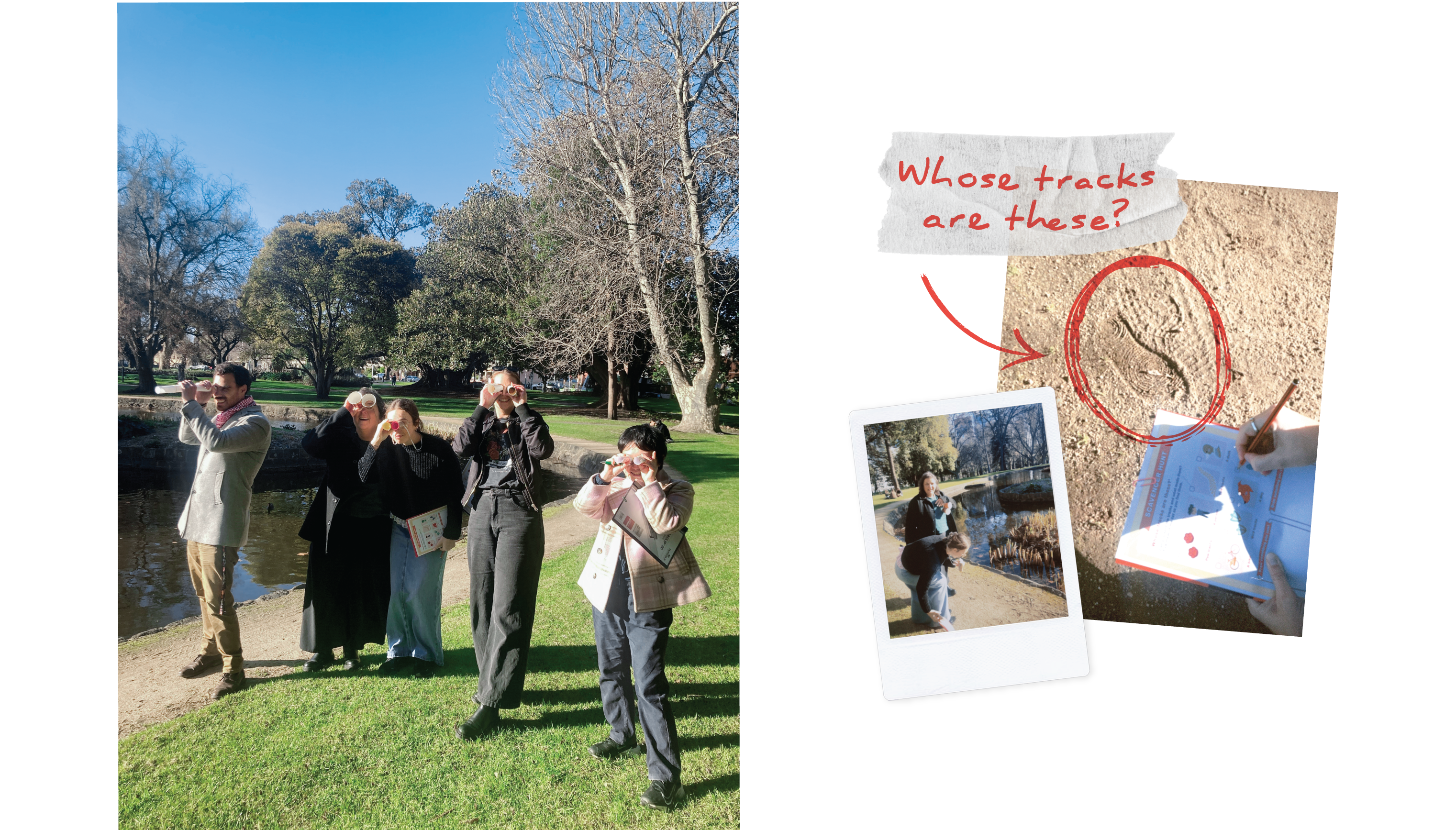

Staff from the HIPPY National office braved the cold over the week to go on their own adventure to celebrate National Aboriginal and Torres Strait Islander Children's Day.
With activity sheets in hand, we made our way to the Carlton Gardens to participated in the ‘Looking for Tracks’ activity. We had a fantastic time exploring our neighborhood and discovering different tracks! It was lots of fun and we learned about the different animals that live in our area. We even made a few duck friends along the way.
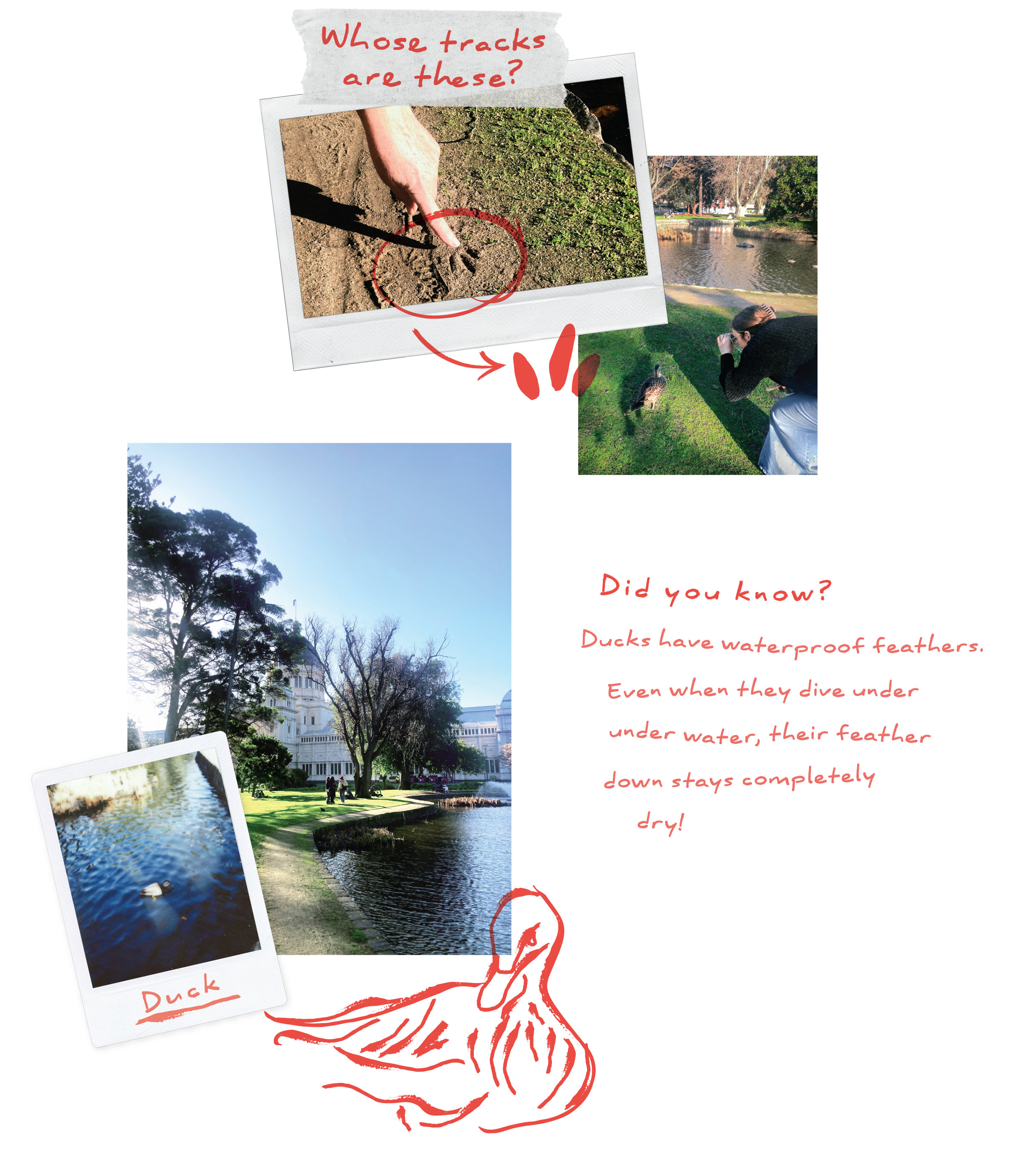

A Storybook reading by Sue Atkinson-Lopez
To make this celebration even more special, we have organised a special reading of “Whose Tracks Are These?” by the authorSue Atkinson-Lopez. This reading will help children hear the Yorta Yorta language, and connect with the story on a deeper level. Make sure to watch the video with your child and enjoy this beautiful story together.
'Whose tracks are these?', writing by Sue Atkinson-Lopez and Illustrated by Robert Barnett
“The book 'Whose tracks are these?' is written for children about three or four years old. It contains Yorta Yorta language as well as English, which is very exciting. The object of the book is to educate children about Yorta Yorta language, as well as teaching them about tracking skills, which was a traditional game that Indigenous children played in learning how to track animals as part of their daily lives.”
Sue Atkinson-Lopez
'Whose Tracks Are These?' is a fun storybook that introduces children to traditional tracking games, and contains Yorta Yorta language. Integrating language into learning and play, helps children connect words with their meanings in a playful context. This not only strengthens language skills, but promotes cultural knowledge and a sense of belonging, fostering pride and continuity.
All Yorta Yorta words used in this book are part of the Indigenous Cultural and Intellectual Property of the Yorta Yorta Peoples. Ownership of the language words remain with the Yorta Yorta Traditional Custodians, and permission has been granted to include the languages words in this book.
Whose Tracks are These? Forms part of HIPPY’s Age 3 curriculum, with one activity dedicated to reading the storybook, and another to making ‘tracks’, designed to teach children about the traces we leave behind as we explore the world around us.
Whose Tracks are These?
Meet the author: Sue Atkinson-Lopez